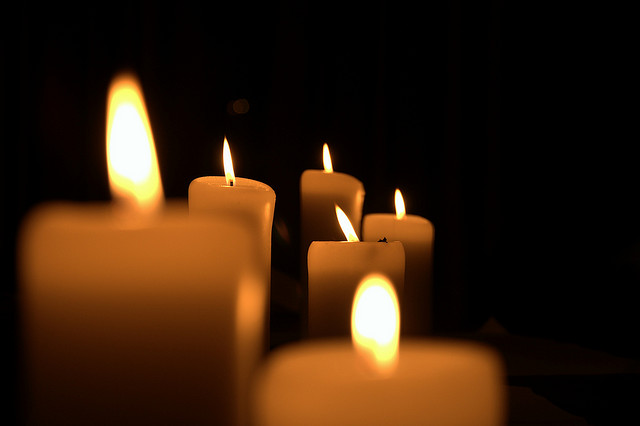Over the past few weeks, we have seen a rise in media coverage of violence against Indigenous girls and women following the murder of 15 year old Tina Fontaine. Discussion reached its peak last week during the annual meeting of premiers, which was seen as a venue to push for action to address the root causes of this ongoing atrocity. Yet as the meeting fades out of memory and Tina becomes the latest in the seemingly endless string of murdered young women, I fear that this flurry of dialogue and public outrage has yet again failed to bring about real change.
I fear that no amount of increased awareness and political organizing will actually end the violence if we continue along this current trajectory because we are still not shining a spotlight on the real causes of violence. No, I’m not talking about the drug use and street involvement that some journalists have drawn attention to in their portrayal of Tina Fontaine’s final days. I’m also not talking about widespread poverty on reserve, or even the myriad factors that systematically marginalize Indigenous girls and women.
What this latest round of media coverage has failed to address is simply this: white male violence.
Indeed, the erasure of that violence as a topic of social and political concern is arguably a form of violence itself, as it serves to remove white men from the equation. White men get away with being unmarked by the violence they perpetrate, not at fault for carrying out a form of violation that is as old as colonialism itself. They also disassociate themselves from the institutions and systems that serve to normalize violence against Indigenous people — systems that were designed and are largely upheld by (you guessed it) white male leaders.
For example, we have heard very little about the fact that the multiple murder trial of a 24 year old white man, Corey Legebokoff, is wrapping up this week in Prince George — an area associated with the Highway of Tears. Indeed, no one has been connecting the dots between Legebokoff’s multiple killings and the widespread violence against Indigenous girls and women in that area.
Why are we so hesitant to name white male violence as a root cause, yet so comfortable naming all the “risk factors” associated with the lives of Indigenous girls who have died? Why are we not looking more closely at the “risk factors” that lead to violence in the lives of the perpetrators? Isn’t that truly where the responsibility for this epidemic lies? When Pickton was convicted, why didn’t we see national coverage of the root causes of his actions and that of other white male serial killers?
It seems that while reporters and politicians feel entitled to weigh in on what First Nations should do to address this issue, they are unwilling to name what is right in front of them. They are unable to see the culture of whiteness that excuses violence against Indigenous women and girls by blaming native people for the violence they face. They are unable to see that the Canadian justice system has been set up to serve a society built on Indigenous erasure, including brushing aside these seemingly endless murders.
But while journalists in popular media may be afraid to name murder as the real, actual, literal cause of these overwhelming losses, we Indigenous women are speaking up. Although our voices have only recently been invited into popular media, we have been speaking these truths for a very long time. We know that systemic neglect, racism and the violence of legal indifference within a society largely run by white men has contributed to the normalization of violence against us.
Maybe all those white male ‘experts’ who have weighed in on this issue during these past few weeks would make better use of their energy by turning their attention to the obvious: that serial killers like Legebokoff and Pickton are their peers. Where is the national action plan to address the violence that starts with them?
As the verdict in the Legebokoff trial is delivered on Monday, I will be watching to see who, if anyone, steps up to name the connection between his heinous actions and the widespread violence faced by Indigenous women.
Sarah Hunt (PhD) is a writer, educator and activist currently based in Lkwungen Territories (Victoria, BC) and is of Kwagiulth (Kwakwaka’wakw), Ukrainian and English ancestry. She has more than 15 years’ experience doing community-based work on issues of justice, education and cultural revitalization in rural and urban Indigenous communities across B.C. Most recently, Sarah’s research investigated the relationship between law and violence in ongoing neocolonial relations in BC, asking how violence gains
visibility through Indigenous and Canadian socio-legal discourse and action. She is particularly concerned with revitalizing Indigenous law and relations of accountability through local level anti-violence initiatives. You can follow her on twitter @thesarahhunt
Photo: flickr/L.C. Nøttaasen




